Breaking News


Popular News

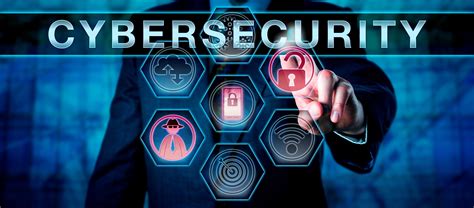
Discover the importance of cybersecurity, challenges of remote work, and measures to ensure secure network connections for remote employees. Monitor and respond to security threats effectively.In today’s digital age, the shift to remote work has become more prevalent than ever. While this transition offers flexibility and convenience, it also brings about a new set of challenges, particularly when it comes to ensuring cybersecurity. As businesses and organizations navigate this new landscape, it is crucial to prioritize and strengthen their cybersecurity measures to protect sensitive data and information. From the importance of cybersecurity in remote work to the challenges that come with it, it’s essential to understand the significance of implementing strong authentication measures, training remote employees on security protocols, establishing secure network connections, and monitoring and responding to potential security threats. This blog post aims to explore the various aspects of cybersecurity in the age of remote work and provide valuable insights into how businesses can effectively safeguard their digital assets in an increasingly remote and interconnected world.
Contents
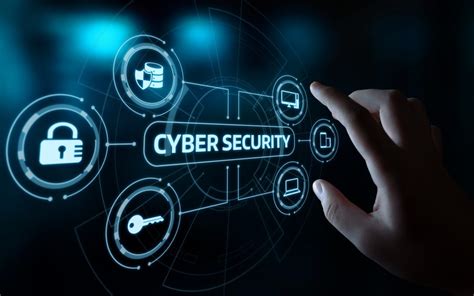
In today’s digital age, with the increasing number of cyber threats and attacks, the importance of cybersecurity cannot be overstated. It is of utmost importance for individuals, organizations, and governments to prioritize their cybersecurity measures in order to protect sensitive data and prevent unauthorized access to their systems.
With the ever-growing reliance on technology and the internet, the potential risks and vulnerabilities are also on the rise. Without strong cybersecurity measures in place, individuals and organizations are at risk of falling victim to data breaches, identity theft, and financial loss. Moreover, the reputation and trust of businesses can be severely damaged in the event of a security breach, leading to significant financial and operational repercussions.
Implementing effective cybersecurity measures is not only crucial for protecting sensitive information but also for ensuring the smooth functioning of day-to-day operations. By safeguarding against external threats and internal vulnerabilities, organizations can maintain a secure and reliable network infrastructure, thereby promoting productivity and minimizing downtime.
It is essential for individuals and businesses alike to stay vigilant and proactive in their approach to cybersecurity. Investing in the right tools, technologies, and security training can significantly reduce the likelihood of falling victim to cyber threats, ultimately safeguarding valuable assets and upholding the integrity of data and systems.
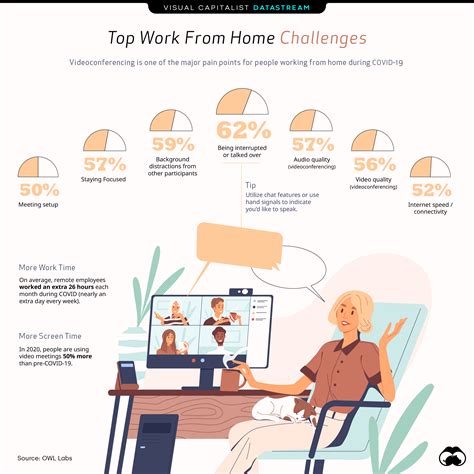
Remote work has become increasingly common in today’s digital age, with many companies opting to offer their employees the flexibility to work from home. While this arrangement comes with numerous benefits such as increased productivity and reduced commuting stress, it also brings along a unique set of challenges.
One of the main challenges of remote work is the potential for security breaches. Without the protective measures in place that a traditional office environment offers, remote employees are more susceptible to cyber attacks. A lack of proper security protocols can result in confidential company information being compromised, leading to significant financial and reputational damage.
An additional challenge of remote work is the potential for communication breakdowns. When employees are scattered across different locations, it can be difficult to maintain open lines of communication and ensure that everyone is on the same page. This may lead to misunderstandings, delays in project completion, and ultimately, a decrease in overall team efficiency.
Furthermore, remote work can pose challenges in terms of maintaining a healthy work-life balance. Without the clear boundaries that separate the office from home, employees may find it difficult to switch off from work mode, leading to burnout and decreased job satisfaction.
| Challenges of Remote Work |
|---|
| Cybersecurity threats |
| Communication breakdowns |
| Work-life balance |
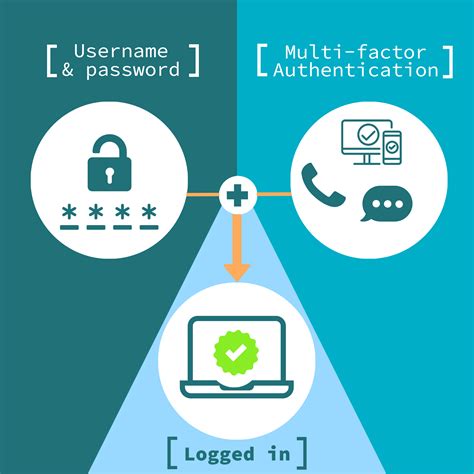
Implementing strong authentication measures is crucial for ensuring the security of sensitive data in the age of remote work. With employees accessing company networks from various locations, it is essential to have robust authentication protocols in place to prevent unauthorized access.
One way to implement strong authentication measures is by using multi-factor authentication (MFA). MFA requires users to provide two or more verification factors to gain access to a system, which can include something they know (like a password), something they have (like a code sent to their phone), and something they are (like a fingerprint).
Another authentication measure that can be implemented is the use of biometric authentication. This technology uses unique physical characteristics, such as fingerprints or facial recognition, to verify a user’s identity. By implementing biometric authentication, organizations can add an extra layer of security to their networks.
Additionally, organizations can also consider implementing strong password policies to enhance authentication measures. This may include requiring employees to create complex passwords that include a combination of letters, numbers, and special characters, as well as mandating regular password changes to minimize the risk of unauthorized access.

In the modern age of remote work, one of the biggest challenges facing organizations is the * training of remote employees on security *. With the increasing prevalence of cyber threats, it is crucial for companies to ensure that their employees are well-versed in the best security practices and protocols. This includes understanding the potential risks associated with remote work, as well as the steps that can be taken to mitigate these risks.
One of the first steps in * training remote employees on security * is to provide them with a comprehensive overview of the company’s security policies and procedures. This could include information on how to identify and report potential security threats, as well as guidelines for securely accessing company networks and data. Employees should also be trained on the importance of regularly updating their software and utilizing strong, unique passwords for all accounts.
Another essential aspect of * training remote employees on security * is the implementation of ongoing education and awareness programs. This could involve regular training sessions, webinars, or informational resources that provide employees with up-to-date information on the latest security threats and best practices. By keeping employees informed and engaged, organizations can empower their workforce to be proactive in their approach to security.
Finally, it is crucial for companies to establish a culture of accountability and responsibility when it comes to security. This means encouraging employees to take ownership of their own security practices and to be vigilant in identifying and reporting any potential threats. By creating a sense of shared responsibility, organizations can ensure that all employees are actively contributing to the overall security of the company.
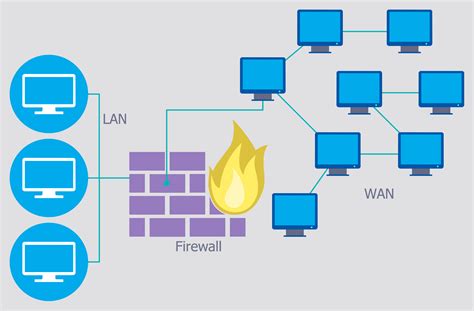
In the age of remote work, establishing secure network connections is crucial to ensure the safety of sensitive business data. With employees working from various locations, it is essential to implement strong authentication measures and encrypted connections to protect against potential cybersecurity threats.
One way to establish secure network connections is to use virtual private networks (VPNs), which create a secure and encrypted connection to another network over the Internet. This ensures that data transmitted between the employee’s device and the company’s network is protected from potential eavesdropping or unauthorized access.
Another important measure is to implement firewalls to monitor and control incoming and outgoing network traffic. Firewalls act as a barrier between the company’s internal network and the external Internet, filtering out potentially harmful data and preventing unauthorized access to sensitive information.
| Benefits of Secure Network Connections |
|---|
| Protection of sensitive business data |
| Prevention of unauthorized access |
| Ensuring secure communication between employees and company network |
Overall, establishing secure network connections is essential in the age of remote work to mitigate the risks of cyber threats and protect the confidentiality of business information.
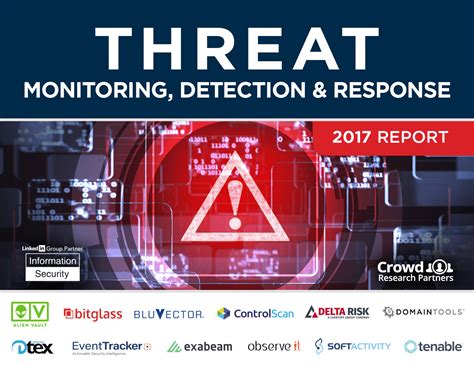
Monitoring and responding to security threats is a critical aspect of maintaining a secure network environment, especially in the age of remote work. With employees accessing company data and systems from various locations, the potential for security breaches is heightened, making it essential for organizations to be vigilant in monitoring for any signs of potential threats.
One way to effectively monitor for security threats is to establish a comprehensive security monitoring system, utilizing technologies such as intrusion detection systems and log analysis tools. These tools can help organizations detect any abnormal activity or potential breaches in real-time, allowing for a rapid response to mitigate any security threats.
It’s also important to develop a robust incident response plan, outlining the steps to be taken in the event of a security breach. This plan should include protocols for containing the breach, investigating the incident, and restoring systems and data to a secure state. Regular training and drills should be conducted to ensure that all personnel are familiar with their roles and responsibilities in the event of a security incident.
Furthermore, organizations should leverage threat intelligence to stay ahead of potential security threats. By staying informed about the latest trends and tactics used by cybercriminals, organizations can proactively implement measures to prevent breaches and respond effectively to any emerging threats.

What are the main cybersecurity challenges of remote work?
The main cybersecurity challenges of remote work include unsecured home networks, use of personal devices, and potential data breaches from unsecured connections.
How can companies ensure cybersecurity for remote workers?
Companies can ensure cybersecurity for remote workers by implementing strong authentication measures, using virtual private networks (VPNs), and providing cybersecurity training and resources.
What role does employee awareness play in remote work cybersecurity?
Employee awareness plays a crucial role in remote work cybersecurity as it can help in identifying phishing attacks, understanding the importance of secure data access, and adhering to cybersecurity protocols.
How does the use of personal devices impact remote work cybersecurity?
The use of personal devices can impact remote work cybersecurity by potentially introducing malware, viruses, or unauthorized access to company systems if not properly secured or monitored.
What are the best practices for securing home networks in remote work settings?
Best practices for securing home networks in remote work settings include using strong passwords, regularly updating router firmware, enabling network encryption, and using firewalls.
How important is it for remote workers to use VPNs for cybersecurity?
It is highly important for remote workers to use VPNs for cybersecurity as they help in encrypting internet traffic, securing remote access to company resources, and protecting against various cyber threats.
What are the potential consequences of neglecting cybersecurity in remote work?
Neglecting cybersecurity in remote work can lead to data breaches, financial losses, reputational damage, regulatory non-compliance, and potential legal consequences for companies.